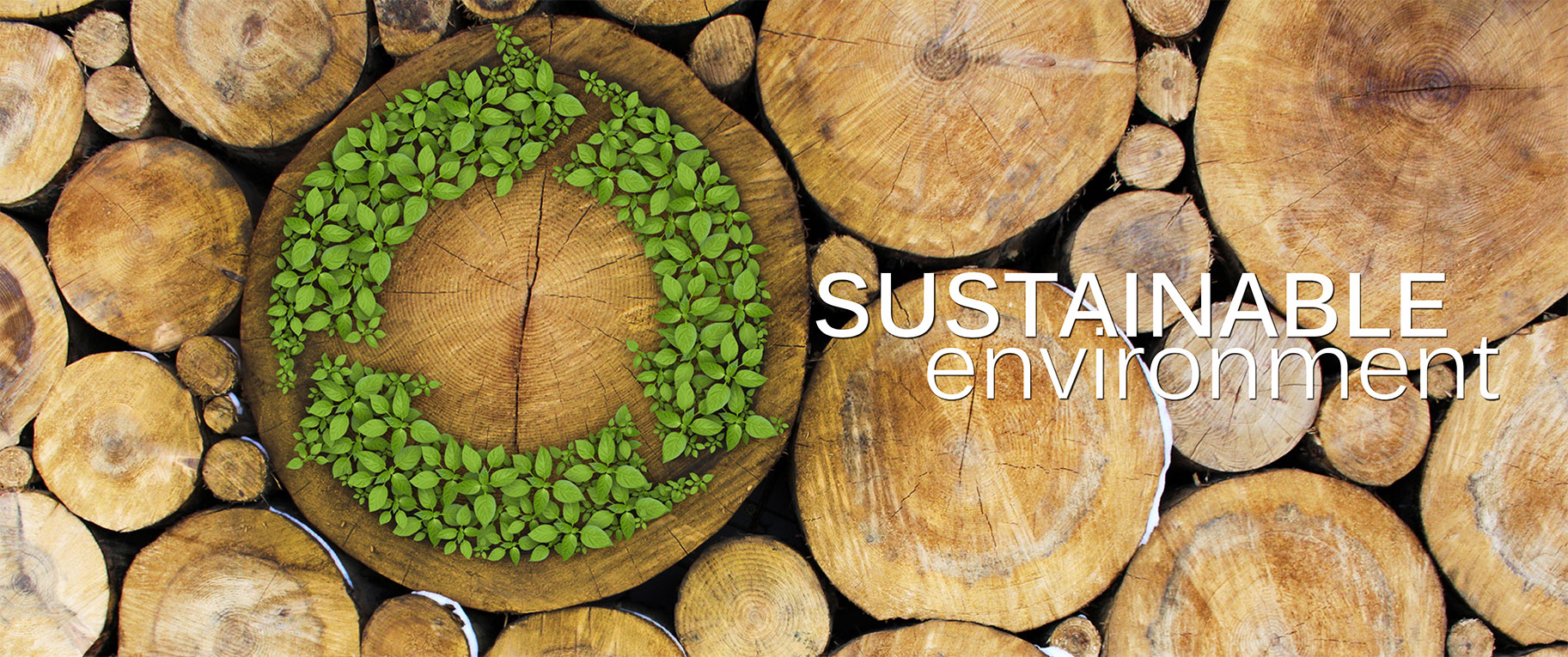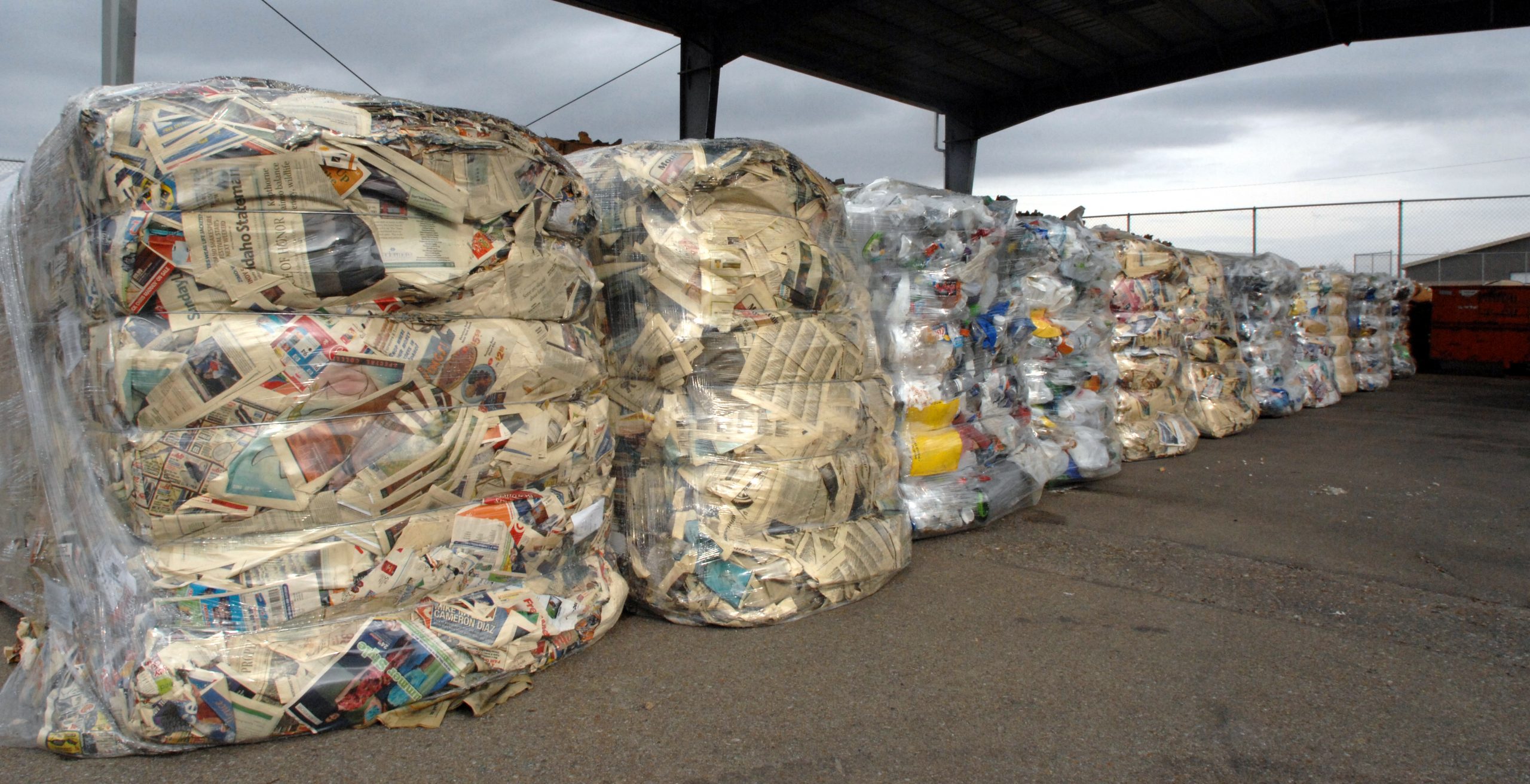The Truth About Sustainability
In your every day life, you probably hear or see the word sustainable at least once a day. At the grocery store, items say they are from sustainable fishing or farming. Businesses claim to have sustainable practices. On this blog and our Facebook, we use the word often. However, does everyone truly understand the meaning behind a sustainable practice? Or is it just another trendy word to describe a product to increase sales? Understanding what lies behind this motivating ideal will help each individual make smart choices that actually further the “sustainable” movement. The following article explains these questions.
“What does sustainability mean exactly? Is it about people and culture, our environment, or jobs and money? Is it about cities or the country? Is it about you and me or is it something for other people to worry about? Sustainability is about all of these things and more. Sustainability could be defined as an ability or capacity of something to be maintained or to sustain itself. It’s about taking what we need to live now, without jeopardizing the potential for people in the future to meet their needs.
If an activity is said to be sustainable, it should be able to continue forever.
Some people say it is easy to recognize activities that are unsustainable because we know it when we see it. Think of extinction of some species of animals, often due to the activities of humans. Or salinity (salt) in our rivers due to changed land management practices. And at home, the amount of packaging you put in the bin that has to go into landfill.
Living sustainably is about living within the means of our natural systems (environment) and ensuring that our lifestyle doesn’t harm other people (society and culture). It’s a big idea to get your head around, for all of us. It’s really about thinking about where your food, clothes, energy and other products come from and deciding whether you should buy and consume these things. Increasingly our lifestyle is placing more and more pressure on natural systems. Scientists continue to investigate how human interactions with natural systems can be improved and sustained.
A good example of a sustainable practice is timber harvesting from native state forests. Native forests have many uses and values. They provide us with timber, clean water and air and we value the biodiversity they contain, their beauty and links to Aboriginal culture. Timber is harvested from the same native forests over and over again. These forests continue to provide us with timber. How? No more timber is cut than the forest can regrow.
Also, many other factors are considered before any trees are cut down, including soil type, plants and animals and cultural heritage sites. Timber harvesting in native forests is carried out so that erosion is minimized, threatened species habitat and cultural heritage sites are protected, and trees remain to provide seed so the forest can regrow naturally after harvesting.”
So there you have it. Sustainability, like most things in nature, is all about not taking more than is needed to allow the perpetual cycle of the eco-system to continue. Sustainable forest practices are particularly important to us at Waste to Energy Systems, because they allow our bioHearth® downdraft gasification system to not only provide renewable energy but sustainable fuel sources.
Excerpts taken from http://www.landlearnnsw.org.au/.




